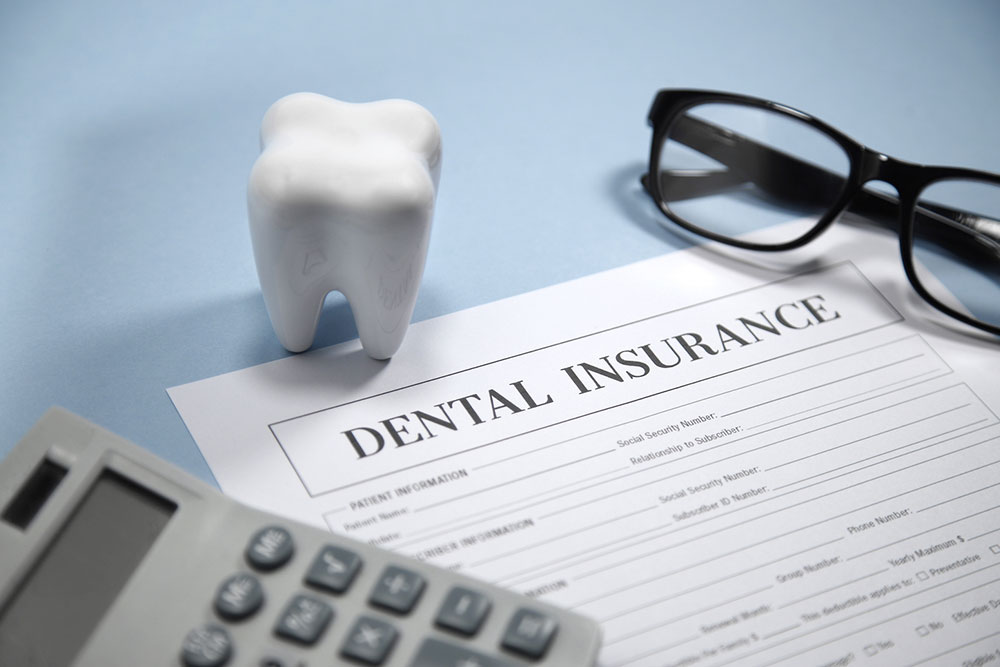6 exclusions of a dental insurance plan

Healthcare is a crucial aspect of any country, and it can be quite expensive if an individual does not have insurance such as Medicare. One of the healthcare options available is dental insurance, which can help save a lot of money on annual appointments and treatments. However, many people are not aware of the limitations of dental insurance. Here are six things that dental insurance plans may not cover.
Cosmetic dentistry
Restorative dentistry might be necessary when it’s related to one’s well-being. However, insurance companies usually classify cosmetic dentistry as an elective procedure and may not cover the cost of treatment. One should also note that many cosmetic dentists use restorative procedures, such as porcelain crowns, dental implants, and tooth veneers, for restorative and cosmetic purposes. Therefore, insurance may cover some or all of one’s restorative procedures but will not cover elective cosmetic procedures. If a dental procedure is necessary due to decay, disease, an accident, or injury, it may be considered a restorative procedure, and the insurance may cover some or all of the cost. It’s also important to note that some restorative procedures may be covered under insurance if they serve a functional purpose, such as replacing missing teeth or improving the mechanics of a patient’s bite.







